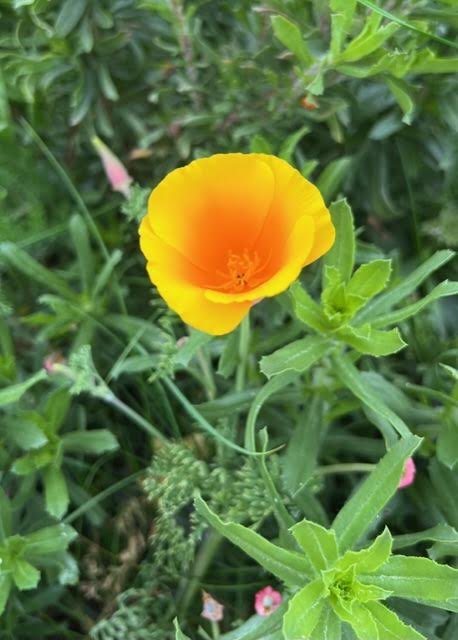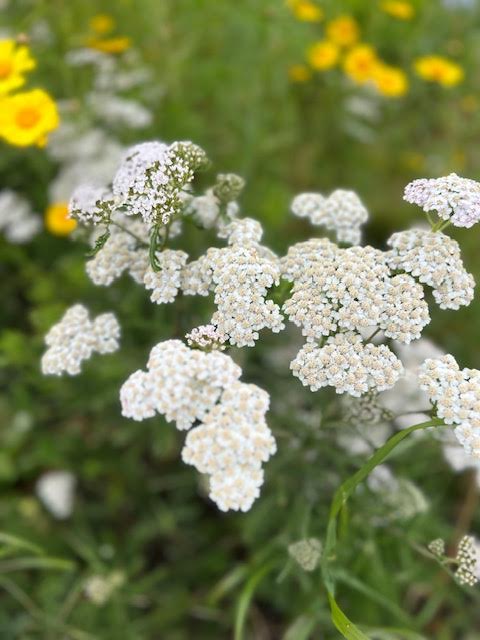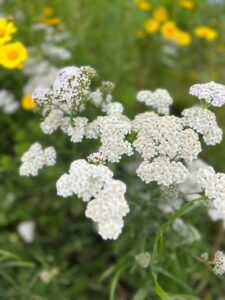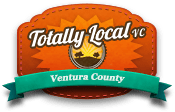As Californians are finally finding relief from the torrential rains experienced this winter, the arrival of spring is beginning to show us the bright side of all the crazy weather, popping up all across the state.
The eagerly anticipated 2024 California Super Bloom wildflower season is just around the corner, and it is expected to be another record-breaking showstopper.
Did You Know... ?
For centuries, Indigenous communities have celebrated the massive springtime blossoms of desert lilies, tarweeds, sunflowers, and other flowers with edible seeds or roots.
In 1774, Spanish colonist Juan Bautista de Anza eloquently described the scene: “Fields as verdant as they are flower-covered touch the very waters of the sea.”

California’s Natural Beauty
Our state is home to a stunning array of native wildflowers and flowering plants. While the California poppy holds the honor of being the Golden State’s official flower, there are countless other beautiful blooms waiting to be explored.
Best Places to See the Super Bloom in Ventura County Coast
Camarillo
- PCH to Lewis Road via Las Posas Road
- Camarillo Grove Park
- Santa Rosa Valley Park
Pacific Coast Highway
- Sycamore Canyon Trail
- La Jolla Canyon
- Chumash Trail
- Point Mugu State Park
Conejo Valley
- Conejo Open Space
Ventura
- Arroyo Verde Park
- Grant Park
- Ventura Botanical Gardens
- Harmon Canyon Preserve
- State Beaches on PCH
Channel Islands National Park
- Scorpion Canyon
- Potato Harbor Trail
- Smugglers Cove Trail
- Del Norte Trail
- Anacapa Island’s Inspiration Point
- Santa Cruz Island’s Central Valley and Scorpion Canyon
- Santa Rosa Island’s Lobo Canyon and Beecher’s Bay
How to get there: https://islandpackers.com/
And Others
Santa Barbara Botanical Gardens
- Rancho Sierra Vista
- Paramount Ranch
Grow Your Own

If you’re not planning to view the blooms, consider planting your own flower garden. Visit your local nurseries for suggestions, seeds, and plants.
Here are eight beautiful flowers to consider:
Arroyo Lupine. This prolific annual features vibrant whorls of blue-purple blooms that serve as a snack for pollinators like hummingbirds and butterflies. Tolerant of various soils, it excels at repopulating disturbed habitats.
California Poppy. Selected as the Golden State’s official flower in 1890, the iconic poppy boasts bright orange-yellow petals. These petals perch atop solitary stems with waxy blue-green leaves. The delicate flowers fold shut at nighttime and reopen in the morning sun.
Tidy Tips. While these sunny yellow stunners appear as a single flower, they’re actually a composite of multiple flowers. Petal-like ray florets surround a cluster of tinier blooms in the center.
Bush Sunflowers. Featuring abundant daisy-like yellow flowers, this fast-growing perennial requires little water. It thrives in a wide variety of soil types. Catch it blooming before summer, as it sheds its leaves, leaving behind a seedy feast for local birds.
Blue-eyed Grass. Contrary to its name, blue-eyed grass is not actually grass—it’s a perennial herb related to the iris. Its long, slender leaves and delicate blossoms range from blue to purple to white.
Woolly Bluecurls. This small evergreen shrub, a member of the mint family, features pointy, fragrant leaves. Clusters of deep purple-blue fuzzy flowers give it its name. As a fire follower, it thrives in burn scars.
California Goldfields. These cheerful, quarter-sized blooms emerge all over California’s hillsides and meadows during springtime, dusting the landscape with gold. Indigenous peoples ground their seeds to make pinole (seed stew).
Sticky Monkey Flower. A small shrub with deep green, sticky leaves. Tubular flowers range in color from pale yellow to orange and rusty red. They serve as an important food source for caterpillars of the common buckeye butterfly.

Here are eight beautiful flowers to consider:
Arroyo Lupine. This prolific annual features vibrant whorls of blue-purple blooms that serve as a snack for pollinators like hummingbirds and butterflies. Tolerant of various soils, it excels at repopulating disturbed habitats.
California Poppy. Selected as the Golden State’s official flower in 1890, the iconic poppy boasts bright orange-yellow petals. These petals perch atop solitary stems with waxy blue-green leaves. The delicate flowers fold shut at nighttime and reopen in the morning sun.
Tidy Tips. While these sunny yellow stunners appear as a single flower, they’re actually a composite of multiple flowers. Petal-like ray florets surround a cluster of tinier blooms in the center.
Bush Sunflowers. Featuring abundant daisy-like yellow flowers, this fast-growing perennial requires little water. It thrives in a wide variety of soil types. Catch it blooming before summer, as it sheds its leaves, leaving behind a seedy feast for local birds.
Blue-eyed Grass. Contrary to its name, blue-eyed grass is not actually grass—it’s a perennial herb related to the iris. Its long, slender leaves and delicate blossoms range from blue to purple to white.
Woolly Bluecurls. This small evergreen shrub, a member of the mint family, features pointy, fragrant leaves. Clusters of deep purple-blue fuzzy flowers give it its name. As a fire follower, it thrives in burn scars.
California Goldfields. These cheerful, quarter-sized blooms emerge all over California’s hillsides and meadows during springtime, dusting the landscape with gold. Indigenous peoples ground their seeds to make pinole (seed stew).
Sticky Monkey Flower. A small shrub with deep green, sticky leaves. Tubular flowers range in color from pale yellow to orange and rusty red. They serve as an important food source for caterpillars of the common buckeye butterfly.
Know Before You Go
The Don’t Be a Blooming Idiot helpful suggestions:
- One of the biggest threats to wildflower blooms is human activity. Tourists visiting the flowers disturb delicate terrain and native plants by venturing off paths, trampling vegetation, and leaving behind trash.
- If you decide to visit a wildflower hotspot, please be extra mindful of protecting and preserving the landscapes.
- Many Instagram photos in the same location likely indicate an overrun local environment. Be respectful when parking, walking, and exploring to safeguard our fragile native flowers during their bloom.
For more great wildflower information and suggestions, check out our article Don’t Be a Blooming Idiot.
Sources: Califonia Plant Society, CNN, Ventura Count Coast
Photo credits: Kat Merrick




